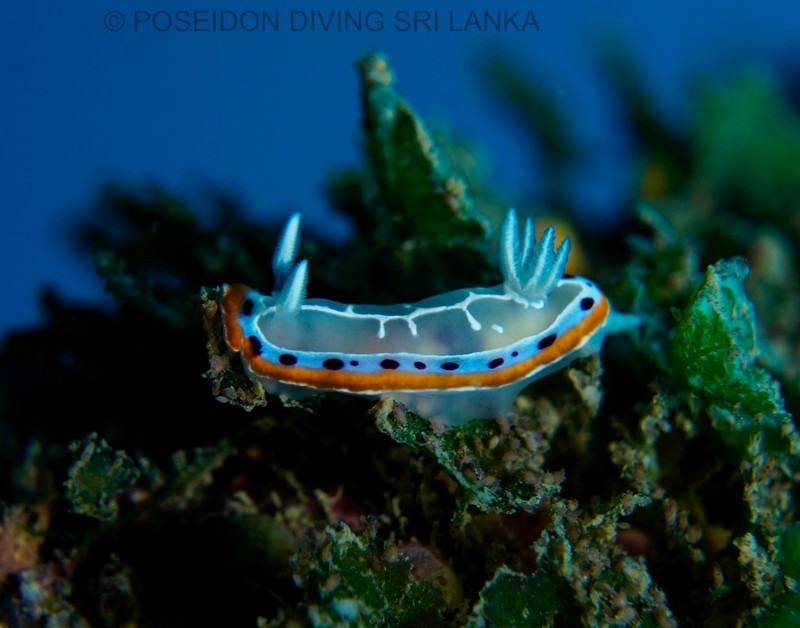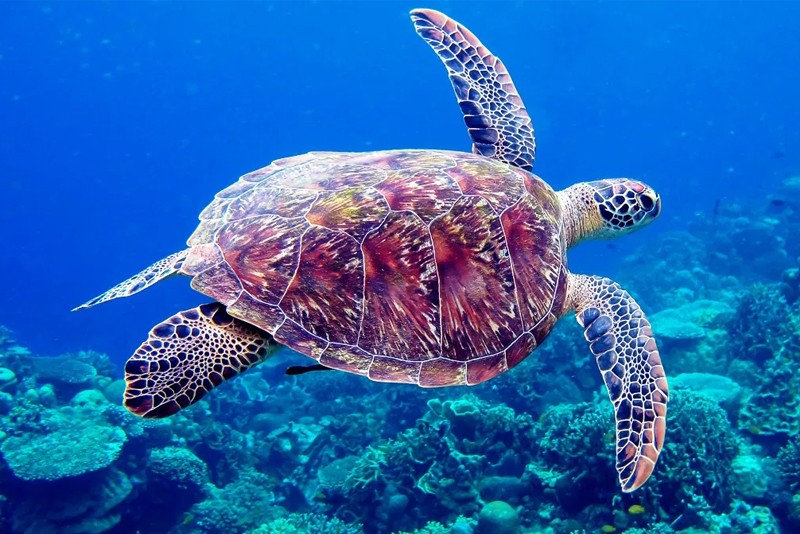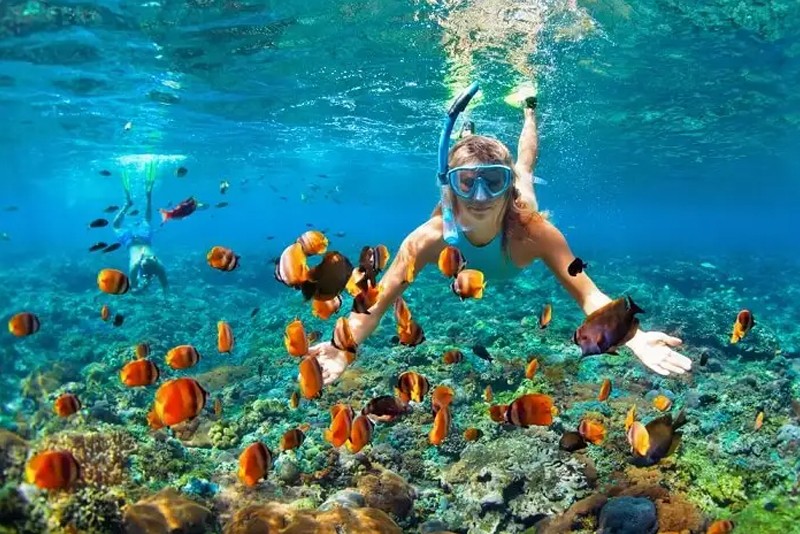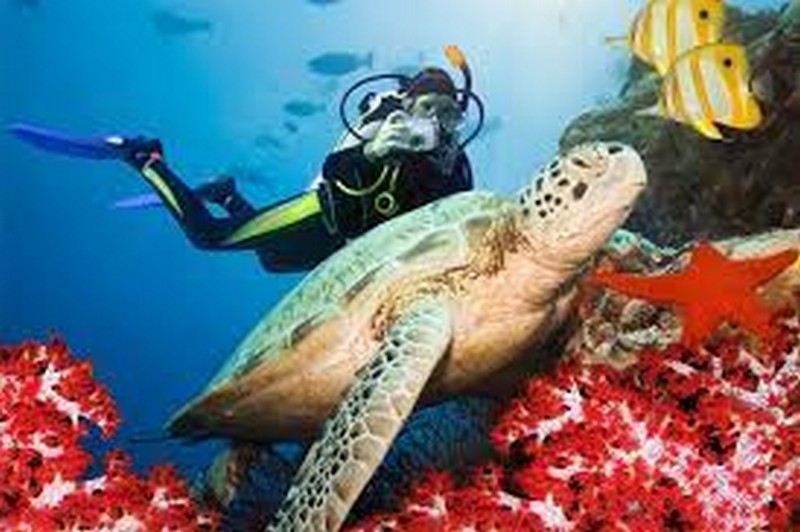
Regaining the Brand “Pearl of the Indian Ocean”
As we celebrated International Environment Day -2021 last week, waves of millions of microplastic pallets started washing the shores of the Western coast of Sri Lanka, since the Pearl Express container carrier caught on fire in the third week of May. These microplastic pallets that have been washed ashore are being cleared by Army, Navy and Air-force combined task force to mitigate this unprecedented ecological damage. This could probably be the biggest ecological disaster that has happened after the Tsunami in 2004, which washed off the beach and the corals of our coastal belt. Four Indian ships joined the Sri Lanka Navy to take control of the blazing fire on the ship which was carrying hazardous chemicals which included highly inflammable Nitric acid. The damage done to the environment is still being assessed. Fishing has already been banned along an eighty kilometre stretch of coast for cleanup operations and the threat to local jobs could be far greater and long-lasting than the mere loss of livelihoods of fishermen. Despite all the possible steps taken to control the situation by Sri Lankan naval authorities, we couldn’t prevent the accident which was destined to happen. The ship was scheduled to birth in Colombo Port. Needless to mention that this is not the first of its kind as there have been many vessels that have been on fire in the Eastern and Northern coastal belts.
After seeing pilot whales stranded in Pandaura beach last September, never did we imagine it would happen again. Sri Lanka was named the best country in the world to visit in 2019 by Lonely Planet partially due to the beautiful beaches and marine life of the country. If there were an authority to value the brand Sri Lanka as a tourist destination, leaving aside most of the in-land resources such as; natural rain forests, wildlife, ancient cities, cultural heritage and people, the beaches would top the list. These priceless beaches, natural coral reefs, thousands of species of fish and other marine assets have been present since time immemorial. If there was one reason for foreigners to visit Sri Lanka the coastal belt and shores was always the topmost reason.
As a destination brand, Sri Lanka – The pearl of the Indian Ocean needs more attention at this point in time. We are yet to estimate the total loss to the nation which would take careful consideration of many aspects. Of course, there will be no reinstating of the biosphere and beaches back to its original condition, instead at least we as a nation should fight for our rights now that the damage is done. The shipping company was talking of the total loss to the ship and to containers but there was no mention of the damages caused to the world-famous destination brand: Sri Lanka. The damages to the fishing community, fisheries-related industries, divers, tourism as an industry which depends on beaches and the list can go on…
The financial loss would include; the cost of cleaning beaches, cleaning debris on the sea-bed, re-planting coral reefs which takes so long to grow back, the cost of replanting seaweeds, the cost of re-establishing fish species etc. Sri Lanka Navy, the Marine University of Sri Lanka, NARA, and other conservation institutes will have to join hands with foreign experts to assess this loss. In pursuing this, the government should make sure that they appoint people competent people with a clean track record to make sure this will not be just another project that would see no end. Therefore, the effort of regaining the glory of the pearl of the Indian Ocean would be a long-term project which can run into a few years. It can be phased down as follow from a managerial point of view.
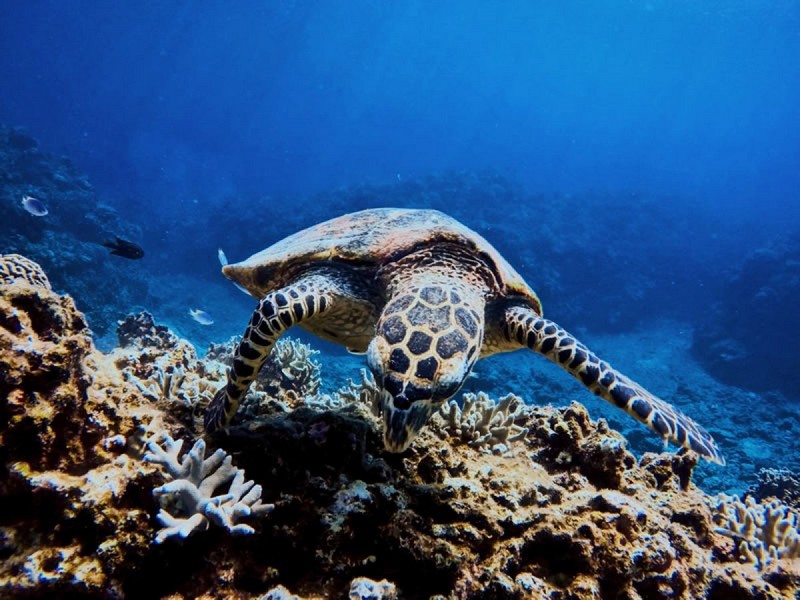
Phase 01 – Admit that there is an impact to our seabed and draw the attention of the whole world to be aware of the magnitude of the total loss to natural resources as well as to the livelihoods of people.
Phase 02 – File cases against relevant shipping companies and countries to pay the loss to a fund that will fully be utilized for nothing but restoration work of the sea-bed and repayment of lost livelihood to people who live in the coastal belt.
Phase 03 – Invite subject experts to handle the matter by identifying areas of specialities dividing them into teams; e.g. coral team, fish team, sea-bed team, beach team, etc where each team has subject experts. For example; experts on the subject of Corel can be found in Canada and various European countries and they are the people who found that coral naturally grows.
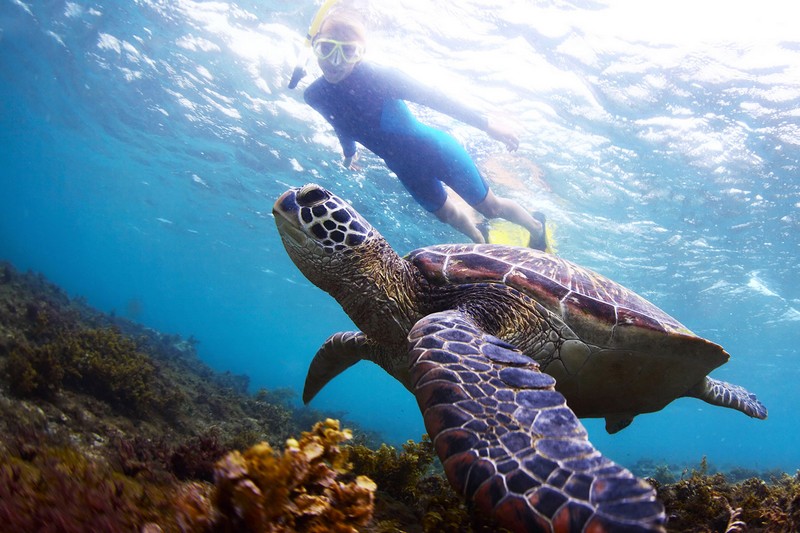
Phase 04 – Setting up an experts committee to coordinate the efforts of all the teams and to run these efforts as collectively coordinated and synchronized projects to make sure that there is no duplication of work and that all the teams are working with a shared vision and timelines. Establishing a monitoring team to report progress and to follow up with each team.
Phase 05 – team to raise funds and handle funds with 100% transparency. Reporting of progress to donors, international communities and Sri Lankan general public should happen on a continuous basis.
Phase 06 – All international media should cover this at least once a month to make sure work in progress is 100% transparent. Also, the work has to continue irrespective of which party/regime is in power. Further, it should be noted that this is not a political matter, it’s a matter of our beautiful beaches and the brand; Pearl of the Indian Ocean. If handled well, we can really convert this to an opportunity to draw the attention of the whole world to the island which can bring millions of tourists to Sri Lanka post-pandemic. As Sri Lankans, we are resilient by nature and we have overcome many more challenges. We surely can win this too if we work with the right attitude without trying to play opportunistic politics. After all, we can set new standards for the whole world and be an example to other nations. Needless to remind how Japanese re-built their nation after the nuclear attack in the Second World War to stand as a strong nation in the world and why not us Sri Lankans can take this challenge?






